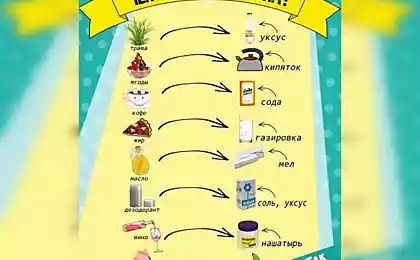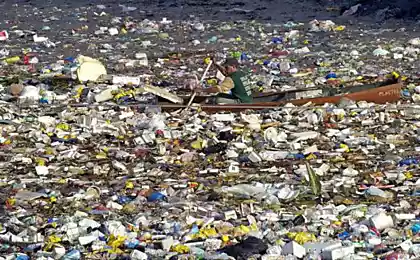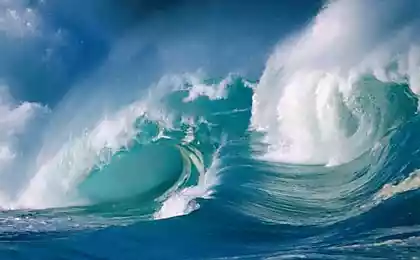1323
Great Garbage Patch in the Pacific Ocean
In the Pacific, terrifyingly fast growing landfill. Floating debris strip, according to scientists, to this point is twice the area of the continental United States.

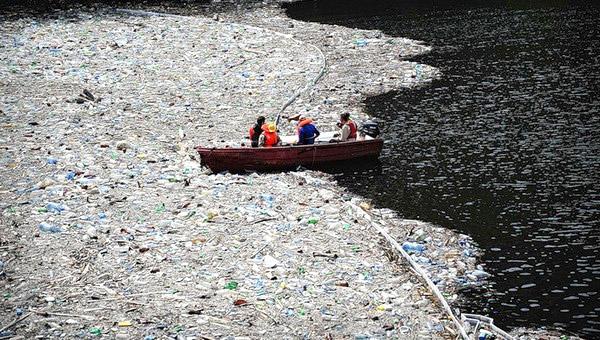
This huge pile of floating debris - in fact, the greatest dump of the planet - is held in the same place under the influence of the undercurrents with swirls. Band garbage slurry reaches the point of about 500 nautical miles off the coast of California through the northern part of the Pacific Ocean near Hawaii and almost reaches the distant Japan. The sea of debris transparent and lies just below the surface of water in the photographs of the Earth from the satellite it is indistinguishable.

About a fifth of waste - from footballs and kayaks to Lego bricks and plastic bags - is the fact that discharges from ships and oil platforms. The rest falls into the ocean from land.
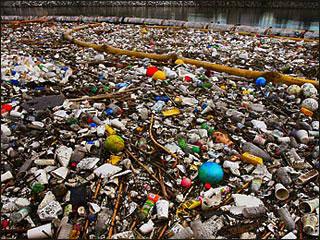
When a dump close to land - and in the case of the Hawaiian archipelago that is the case - the results are quite dramatic. Worth Garbage Patch burp like a beach covered with this confetti of plastic.
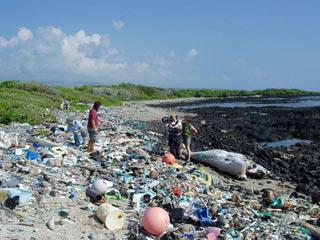
It is believed that the plastic is 90% of the garbage floating in the oceans. In 2006, employees of the United Nations Environment Programme estimated that per square mile of ocean accounts for 46 thousand. Pieces of floating plastic debris. Modern plastics are so durable that the North Pacific dump items found half a century ago.

According to the United Nations Environment Programme, plastic dregs are killed more than 1 million sea birds a year, and more than 100 thousand. Marine mammals. In the stomachs of dead seabirds found syringes, cigarette lighters and toothbrushes - all these subjects bird swallow, mistaking them for food.
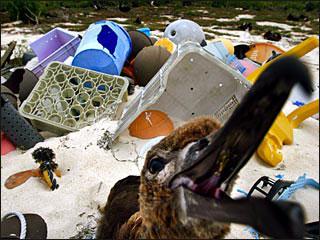
Water, abundant debris creates a danger to human health. Hundreds of millions of tiny plastic pellets - the raw material of plastic industry - are lost annually, and eventually fall into the sea. "What gets into the ocean is in the stomachs of ocean dwellers, and then - you have on your plate.


This huge pile of floating debris - in fact, the greatest dump of the planet - is held in the same place under the influence of the undercurrents with swirls. Band garbage slurry reaches the point of about 500 nautical miles off the coast of California through the northern part of the Pacific Ocean near Hawaii and almost reaches the distant Japan. The sea of debris transparent and lies just below the surface of water in the photographs of the Earth from the satellite it is indistinguishable.

About a fifth of waste - from footballs and kayaks to Lego bricks and plastic bags - is the fact that discharges from ships and oil platforms. The rest falls into the ocean from land.

When a dump close to land - and in the case of the Hawaiian archipelago that is the case - the results are quite dramatic. Worth Garbage Patch burp like a beach covered with this confetti of plastic.

It is believed that the plastic is 90% of the garbage floating in the oceans. In 2006, employees of the United Nations Environment Programme estimated that per square mile of ocean accounts for 46 thousand. Pieces of floating plastic debris. Modern plastics are so durable that the North Pacific dump items found half a century ago.

According to the United Nations Environment Programme, plastic dregs are killed more than 1 million sea birds a year, and more than 100 thousand. Marine mammals. In the stomachs of dead seabirds found syringes, cigarette lighters and toothbrushes - all these subjects bird swallow, mistaking them for food.

Water, abundant debris creates a danger to human health. Hundreds of millions of tiny plastic pellets - the raw material of plastic industry - are lost annually, and eventually fall into the sea. "What gets into the ocean is in the stomachs of ocean dwellers, and then - you have on your plate.











